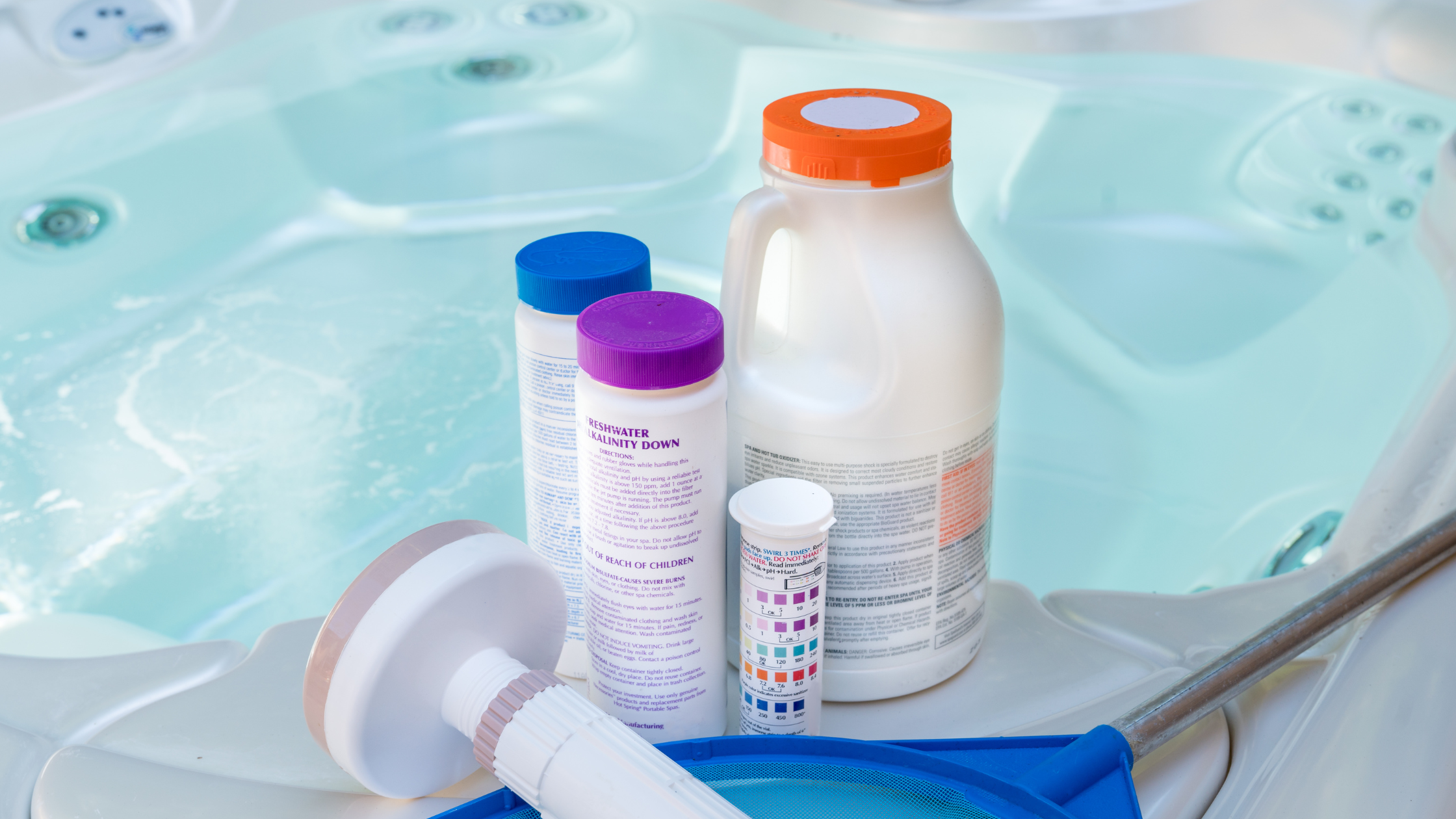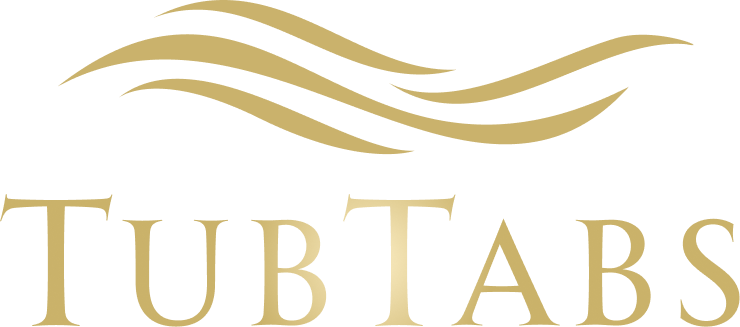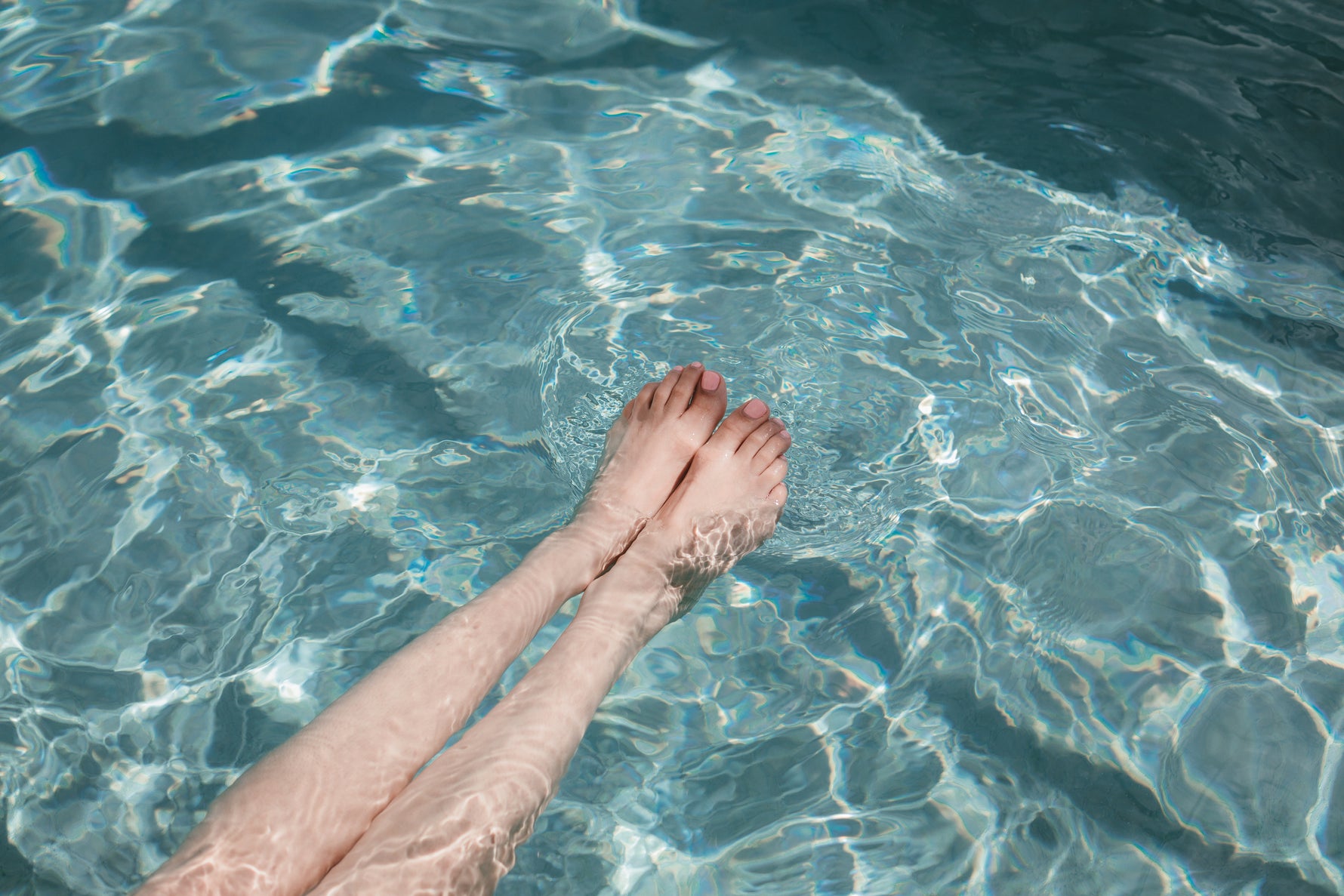
The Ultimate Hot Tub Chemicals for Dummies Guide
The Smarter Way to Maintain Your Hot Tub
We’re excited to officially launch TubTabs, a new, easy-to-use weekly maintenance product that simplifies hot tub care. No more juggling five different bottles or second-guessing your water chemistry. Just drop in one TubTab per week and enjoy clean, balanced water with less hassle.
If you're ready to spend less time maintaining and more time relaxing, give TubTabs a try. Browse our products here, or get in touch with us to help you get started.
To really show off how amazing this new product is we figured there’s no better way then to break down ALL the additional knowledge and chemicals you need to know about. Of course this is almost entirely avoidable with our product suite!
Hot Tub Chemicals for Dummies Explained
Hot tubs are an amazing way to relax and enjoy quality time with family or friends. But to keep your hot tub running smoothly, regular maintenance is a must. That means using the right hot tub chemicals and performing regular maintenance checks. This article is your complete Hot Tub Chemicals for Dummies guide. We’ll cover the basics of hot tub chemicals available, how to use and store them safely, and some tips to keep your hot tub in perfect shape. Whether you're new to hot tubs or just need a refresher, you’ll find everything you need right here.
Alkalinity
Alkalinity is about water balance. It’s like the bodyguard of your water’s pH. It helps keep the pH steady and prevents sudden drops or spikes, which makes your water easier to manage and more comfortable to soak in. In hot tubs, alkalinity is adjusted using sodium bicarbonate, which helps prevent the pH from fluctuating too much. You can test your alkalinity using a home test kit or by bringing a water sample to your local hot tub store. If it’s out of range, there are simple products you can use to bring it back into balance.
Bromine
Bromine is a great alternative to chlorine, especially for people with sensitive skin. It is available in granular and tablet form, the latter being the most commonly used when treating hot tubs. Not only is bromine more stable at higher temperatures and stays active longer, but it’s also gentler on the skin and eyes, and gives off a milder scent than chlorine. While it’s a bit more expensive, many users find it’s worth it for the added comfort, especially for those with sensitivities.
Chlorine
Chlorine is another type of chemical commonly used in hot tubs. It helps to disinfect the water and keep it clean. Available in liquid or granular form, chlorine works quickly but can be harsher on skin and may give off a stronger smell. Chlorine creates a hostile environment for bacteria, fungi and other microbial life to survive.
Clarifier
Clarifiers work like a magnet. They attract tiny particles of dirt and dust that are too small to filter out on their own and clump them together so your filter can catch them more easily. They help clear up cloudy water and improve overall clarity.
Hardness
Water hardness refers to the amount of calcium and magnesium in your hot tub water. This is important because if your water is too soft, it can corrode metal components such as pipes and heaters. On the other hand, if it’s too hard, scale can build up on surfaces and equipment.
You can check hardness levels with a test kit at home or bring a sample to your local pool or hot tub store. If the water is too hard, there are products available to lower the calcium levels. If it is too soft, you will need a calcium hardness increaser to raise it to the proper level.
Enzymes
In hot tubs, enzymes break down stuff like body oils, lotions, hair products, and other gunk that can build up in the water. Once broken down, your filter can catch and remove it more easily. Enzymes don’t actually sanitize or disinfect on their own, but when they are used with sanitizers like chlorine or bromine, they make the water easier to keep clean and reduce the need for harsher chemicals.
pH Increaser and Decreaser
Keeping your hot tub's pH balanced is one of the most important parts of water care. When the pH is out of range, it can lead to all kinds of problems, from itchy skin and irritated eyes to cloudy water, scale buildup, or even damage to your equipment.
The ideal pH range is usually between 7.2 and 7.8. If your test shows your pH is outside that window, you’ll need to use either a pH increaser or a pH decreaser to bring things back into balance.
pH Decreasers
If your pH is too high, you’ll need a pH decreaser. The two most common options are muriatic acid and sodium bisulphate (often called dry acid). Muriatic acid, also known as hydrochloric acid, is a strong liquid acid that works fast but needs to be handled with care. It has a strong pungent smell and can cause skin irritation or damage surfaces if spilled. Always wear protective gear and add it slowly with the jets on. Sodium bisulphate is a gentler, granular alternative. It’s slower to act but a much easier and safer alternative that doesn’t release strong fumes. It’s great for regular maintenance and less intimidating for beginners. Both options do the job; it really comes down to how comfortable you are with handling stronger chemicals.
pH Increasers
If your pH is too low, the go-to solution is sodium carbonate, commonly known as soda ash. Soda ash raises the pH quickly and is pretty easy to use. Just be careful not to overdo it, or you might end up with cloudy water or scale on your surfaces. To help it dissolve properly and mix in more evenly, it’s recommended to pre-dissolve it into a bucket of water first before pouring it into the tub.
Whether you’re raising or lowering your pH, the key is small, slow doses and always retest before adding more. Keeping your pH in check helps your sanitizer work properly and keeps your water comfortable, clear, and easy to enjoy.

Types of Hot Tub Product Cleaners
Filter cleaner
Filter cleaner helps keep your hot tub filter working properly. It breaks down any dirt and buildup so it’s easier to remove without damaging the filter.
Plumbing Cleaner
Plumbing cleaner flushes out biofilm, scale deposits, grime, and residue in your pipes and jets.
Sanitizer
Sanitizer disinfects the water of your hot tub and keeps it clear. Chlorine and bromine are the most popular sanitizers, but biguanides and saltwater chlorine generators are also available.
Cleaning Booster
A cleaning booster will give your cleaning routine an extra boost. Although not necessary for everyday use, it can be used on a weekly or bi-weekly basis to keep your hot tub fresh and increase the overall lifespan of your hot tub.
Scale Remover
Sometimes, minerals in the water can cause a build-up of scale on the surfaces of your hot tub. To remove this build-up, you will need to use a scale remover. This chemical breaks down the mineral deposits, allowing them to be more easily removed by filtration or manually with a brush.
Shock
Shock treatment is a process that helps clean and refresh your hot tub water by breaking down organic contaminants. These include body oils, sweat, lotions, cosmetics, dead skin cells, hair, and even detergent residue from swimsuits. Over time, these substances can build up in the water and make it appear cloudy or dull.
Using shock on a weekly basis, or whenever the water starts to look off, helps remove these contaminants, clears up the water, and brings back its sparkle. Regular shock treatments also support your sanitizer in keeping the water clean and safe to use.

How to Use Hot Tub Chemicals Safely
Safety matters when handling hot tub chemicals. Follow these guidelines:
- Read all product labels carefully before use.
- Wear protective gear such as goggles, gloves, and a face mask if recommended.
- Avoid direct contact with skin, eyes, or clothing while handling the products.
- Keep products away from children and pets.
- Never mix different chemicals together.
- Store chemicals in a cool, dry, and shaded area. Do not leave them out in direct sunlight.
What's your hot tub cleaning routine?
Now that you know what chemicals to use to balance your water chemistry in your hot tub. The next part is setting up your cleaning routine.
Initial Setup
If you’re setting up your hot tub for the first time or draining it and filling it up again. There are a couple of things you'll want to do
-
Give your hot tub a quick wipe down
Clean the seats, jets, and interior surfaces to remove any dust, residue, or buildup. -
Fill your tub with water
Use a garden hose to fill the hot tub to the recommended level. -
Test the water
Check the pH, alkalinity, and calcium levels using a test kit or take a sample to your local hot tub store. Depending on the results, you might need to adjust the levels with the right balancing products. -
Add your choice of sanitizer
Use either chlorine or bromine to sanitize the water. Once added, let the water circulate and test it again to make sure everything’s in range. -
Start your weekly maintenance routine
Once your water chemistry is balanced, it’s all about keeping it that way with as little fuss as possible. A lot of hot tub owners find that sticking to a simple, consistent routine makes all the difference.
One easy way to do that is with something like TubTabs, a weekly treatment designed to help maintain water balance and reduce the need for constantly measuring or adding multiple products. It’s an easy way to stay on top of maintenance without all the hassle.
Weekly Maintenance
-
Check your water three to four times a week
Keep an eye on pH, alkalinity, and calcium. Small changes are easier to fix if you catch them early. -
Make sure your sanitizer is at the right level
If it’s low, just top it up. This helps keep the water clean and safe. -
Shock the water if needed
Shocking helps break down things like sweat, oils, or other gunk, and it gives your sanitizer a boost.
-
Wipe above the waterline
Give the edges a quick clean to stop any buildup from contaminating the water. -
Add TubTabs once a week
TubTabs keep your water balanced each week, so you’re not constantly adding other chemicals.

Hot tubs are a great way to relax and have fun, but it is important to remember that hot tub maintenance requires using hot tub chemicals properly. Hopefully, this Hot Tub Chemicals for Dummies guide gave you a clear understanding on what chemicals to use, how to use them safely, and how to build a cleaning routine that works for you and your hot tub.
If you're tired of juggling multiple products and just want an easier way to keep your hot tub clean, TubTabs is the best answer for you. It’s simple, effective, and designed to make maintenance feel effortless, no measuring, no mess, just clear water and peace of mind so you can spend more time enjoying and less time stressing. Learn more about TubTabs.
Share


